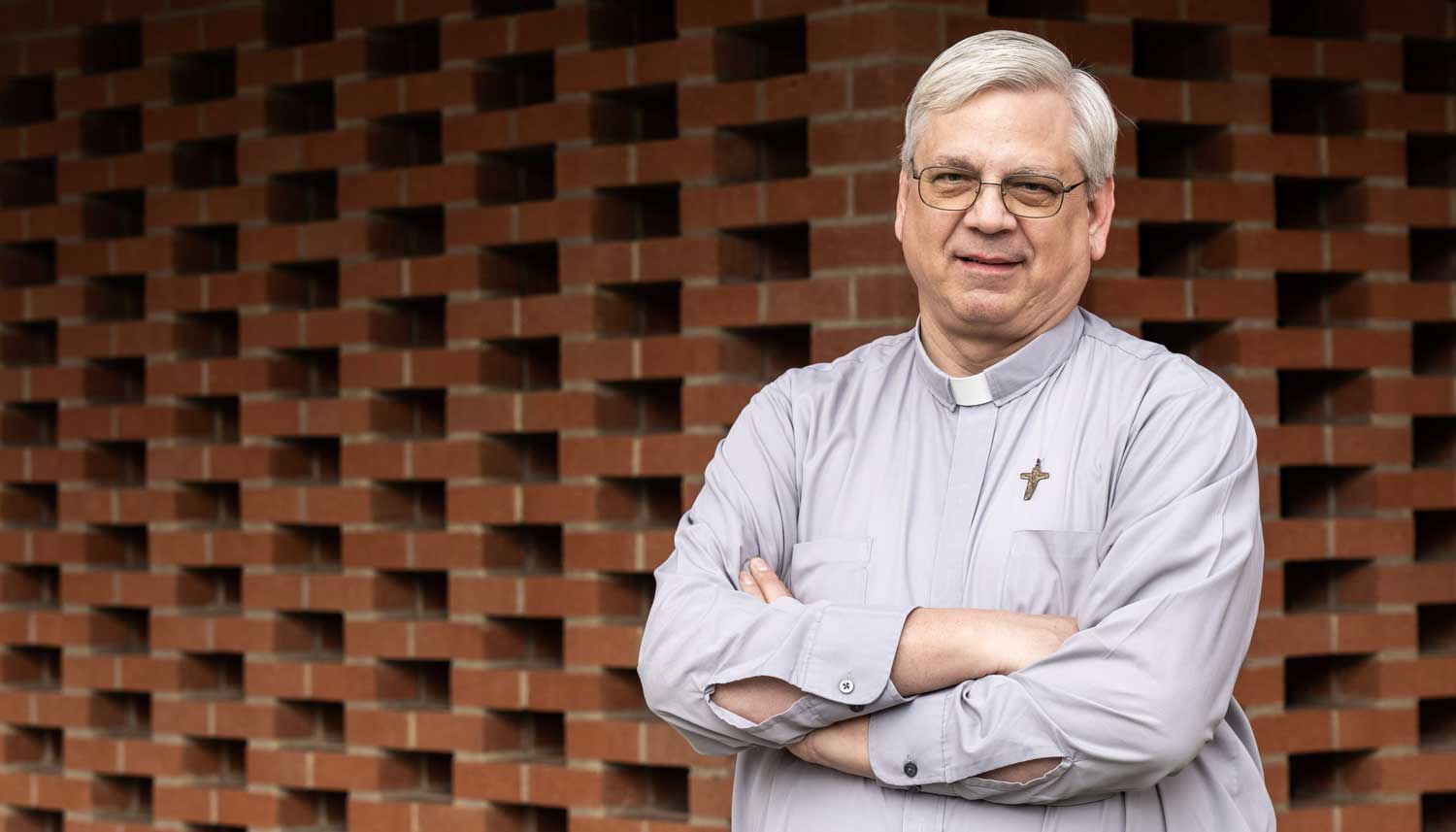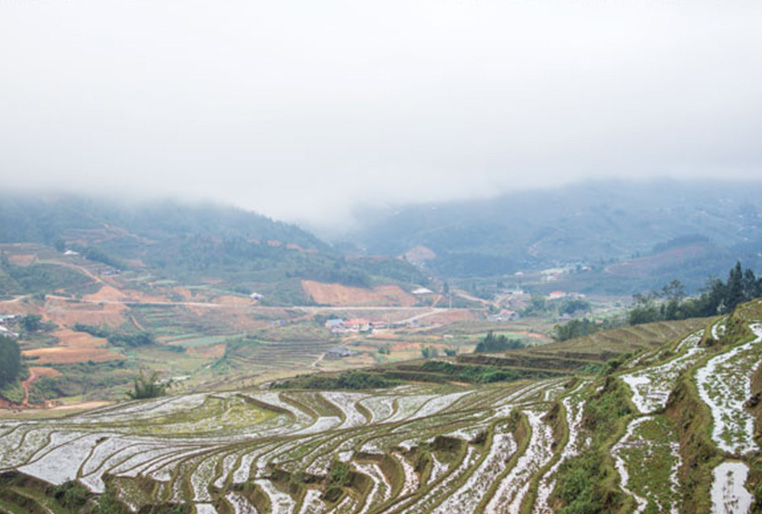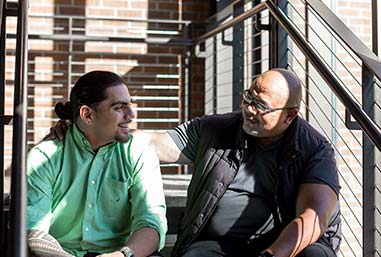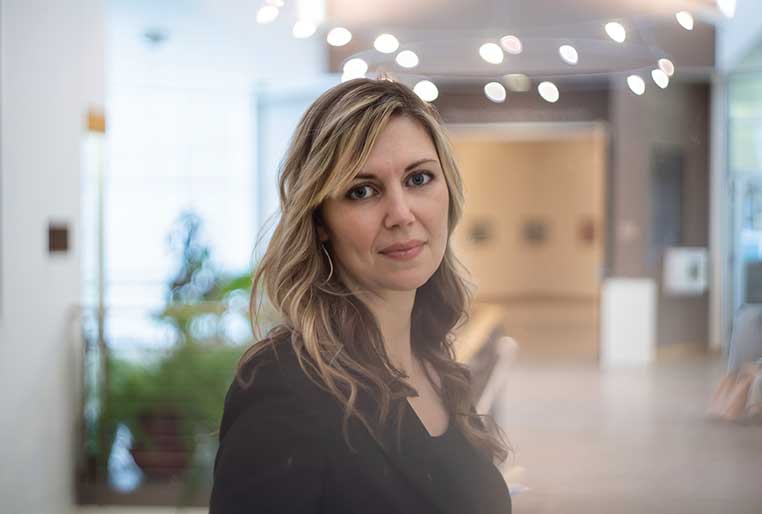Love in Action
By Trisha Coder
After a 20-year friendship with Mother Teresa, and her death in 1997, Father Brian Kolodiejchuk was appointed postulator of the cause of beatification and canonization of Mother Teresa. While gathering testimonies in support of her sainthood, he discovered thousands of private letters she had written to her spiritual advisors. The letters reveal that the "Saint of Calcutta" experienced dark spiritual struggles and intense trials of faith.
Kolodiejchuk, a Catholic priest and the director of the Mother Teresa of Calcutta Center, published her private writings in the book Mother Teresa: Come Be My Light. He spoke with Whitworth Today when he came to campus in spring 2019 to present on Mother Teresa's spiritual values in our commercial world.
Trisha Coder: Tell me a bit about your background and how you came to meet Mother Teresa.
Brian Kolodiejchuk: I was born and raised in Winnipeg, Canada. I was in the seminary in Toronto. I decided to leave when I was 21, after three years of philosophy and a bachelor's degree from St. Michael's College. The year before, in 1976, my sister joined Mother Teresa's Sisters. After one year she was in Rome, and my parents and I went from Winnipeg to see her. At that time, Mother Teresa was in Rome and she was beginning the first group of Contemplative Brothers. My parents and I would go in the morning for Mass and we'd go for afternoon prayer, and we would help in the home. So Mother Teresa knew that I was the brother of one of her Sisters.
TC: What were your first impressions of Mother Teresa?
BK: What struck me is how ordinary she was. She was very motherly. For example, we would go to the airport in New York to pick her up and then go back to the convent. The Sisters would serve us coffee, tea, cookies. We'd be waiting in the parlor and then in would come Mother Teresa with the tray and set out the plates. As simple and ordinary like it was nothing at all. People just wanted to see her once, touch her, and here she is serving us tea and biscuits like your grandmother.
TC: You compiled her letters and reflections in the book Mother Teresa: Come Be My Light. This was the first time that people got to see another side of her.
BK: No one, not even the Sisters closest to her, had any idea what was going on inside. We saw the ordinary, smiley, joyful Mother Teresa. She got up at 4:40 every morning, and sometimes she'd have meetings at 9:30 or 10 o'clock after night prayers. She would write letters until midnight or 1 o'clock in the morning, and then get up at 4:40 a.m. And no rest in the middle of the day, except the last years. You would think it wasn't easy being Mother Teresa because you're always "on," but at least she's enjoying this intimate union with Jesus, experiencing His presence. Then you find out the contrary.
TC: How did you come to discover her letters?
BK: In the church, when someone is a candidate for canonization or sainthood, there is a long, formal process to go through that person's life with a fine-toothed comb. You have to find negative witnesses, you have to see if there are any obstacles, from things no one would have known or have never brought to light. So there are oral witnesses, and then we look at documents. A priest who knew her for some years had her letters.
TC: How many of Mother Teresa's letters did you collect?
BK: Overall, we collected about 6,000 letters, and that's not everything. I remember reading in The New York Times that the two people who got the most letters in the world were Pope John Paul the Second and Mother Teresa. She used to carry around a box, like a shoebox, filled with letters, and at night was the only time she could answer, which is why she'd stay up so late.



